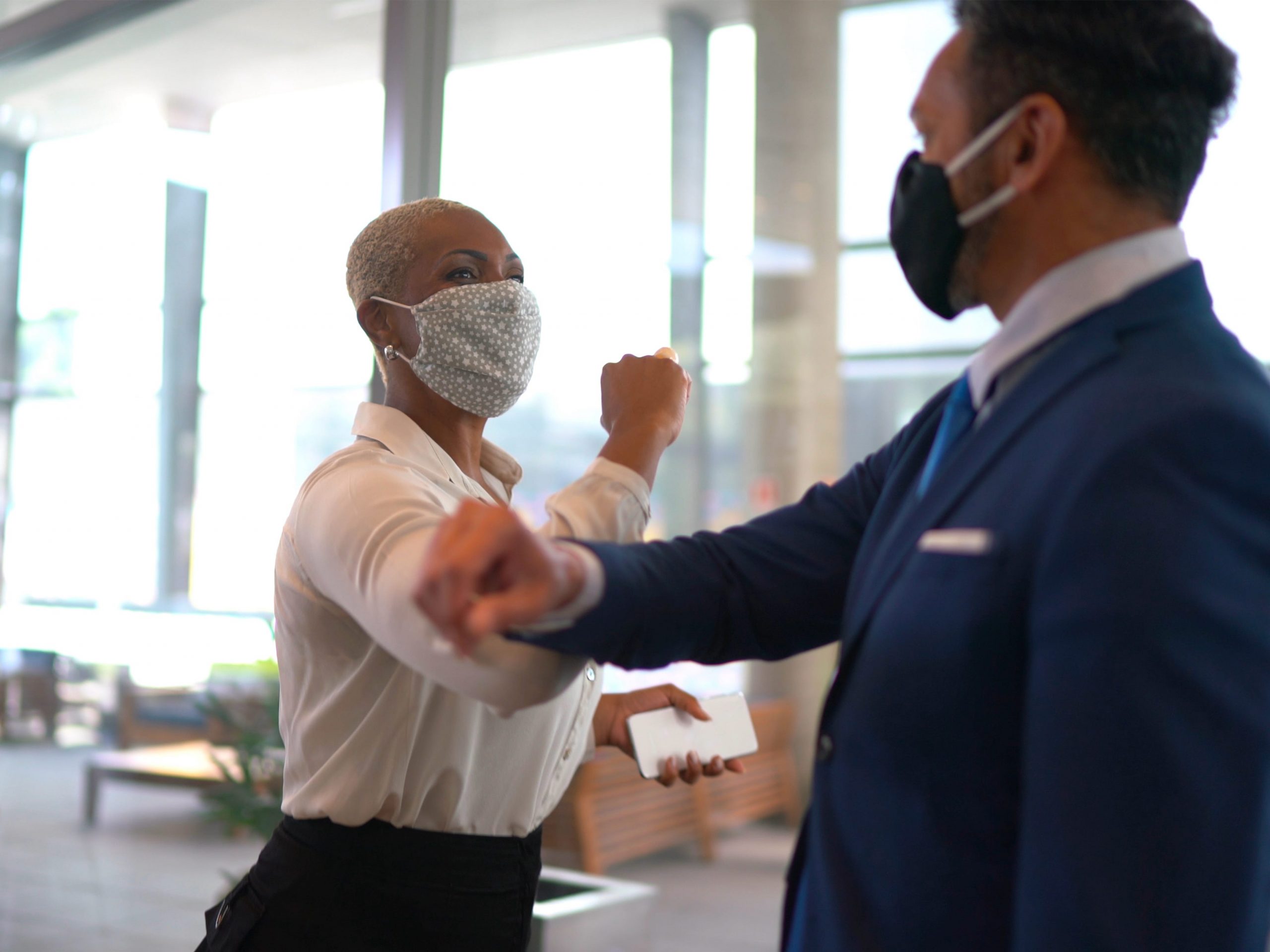
- The "Great American Burnout," "Great Resignation," and "Great Reshuffle" will shape the labor force for decades.
- 2021 saw record-breaking job openings and resignation levels — with job openings peaking in July at 10.9 million.
- The job market remains competitive as more and more people hunt for remote roles.
- Visit Insider's Transforming Business homepage for more stories.
When COVID-19 shut down offices around the world in March 2020, many employees anticipated a swift return. They left their favorite mugs and personal calendars, with the expectation that after a few weeks of lockdown, they would be back in their cubicles and conference rooms.
That return never happened, of course. As 2020 bled into 2021, some companies and employees believed vaccinations would re-open office doors. While some did bring back workers despite risks like the Delta variant, many companies opted for remote or hybrid schedules.
As the physical workplace is changing, the ways in which people think about their job is evolving as well — the "Great American Burnout," morphed into the "Great Resignation," and later the "Great Reshuffle" — as we collectively grapple with changing demographics, demands, and expectations.
Throughout all of these changes one thing is certain: The world of work will never look the same, and the future of it depends on how people embrace this change. The vision of a "return to normal," has been all but erased — replaced by a new normal that is a labyrinth of vaccine mandates, re-designed office spaces, and updated workplace protocols that are giving some workers more freedom to choose.
Business Insider identified 10 people transforming the future of work for the publication's annual list of 100 people transforming business. From burnout expert and psychologist Christina Maslach to Slack CEO Stewart Butterfield, these executives, union leaders, professors, and researchers are trailblazers — molding what work will look like at their own places of work and beyond.
The workplace and the growing digital divide
To the relief of some, and the disdain of others, work remained virtual through most of this year.
After adapting to working from home, some employees embraced the flexibility of the new arrangement and resisted returning to an office.
For the actual office, it meant buildings have to be refitted or future buildings need to be designed with new criteria in mind such as environmental sustainability and features like touchless elevator buttons and increased ventilation. Critically, they will also be built around the idea that most workers won't be using them full-time.
As for employees, due to various academic studies on the effects of remote and hybrid work, companies are making decisions intended to give their employees a better experience, and a reason to stay in their jobs.
However, as the digital revolution takes shape, the digital divide grows.
The hybrid work model may be the best of both worlds for employees who want the freedom to choose their schedule. But for leaders, fostering a culture of fairness between online and in-person workers is a difficult balancing act.
And leaders at large finance firms and technology businesses recognize that increasing automation is bound to push some employees out of the workplace. This is why some are prioritizing reskilling and re-educating employees to use these technologies.
A workforce marred by burnout
The "future of work" partially lies in the hands of industry leaders, but it is also being steered by the masses.
This is evident in the growing number of resignations across the country, as people scramble out of their jobs — the hospitality, food service, and retail industries are facing the biggest losses. This was a record-breaking year in the United States, with the number of job openings reaching the highest it has been in 20 years at 10.9 million openings in July.
But this "Great American Burnout" cannot be blamed solely on the pandemic. From the re-invigorated fight for equitable access to healthcare to the increasingly devastating effects of climate change, workers' priorities have changed for more than one reason.
Previously, employees were taught to keep their personal lives away from the office, but that mindset doesn't fly in a work-from-home world. When employees show up to work they are entitled to bring their entire self.
But the events of the last year haven't only changed the individual mindset, they've also shaped company policy.
Labor strikes have spread across every industry, as people working in food services, healthcare, and television and film defend their values and demand better pay, better conditions, and to be treated like human beings, and not just workers.
Read the full list of transformers to learn more about the leaders who are listening to laborers and shaping the future of our workplace and workforce.

